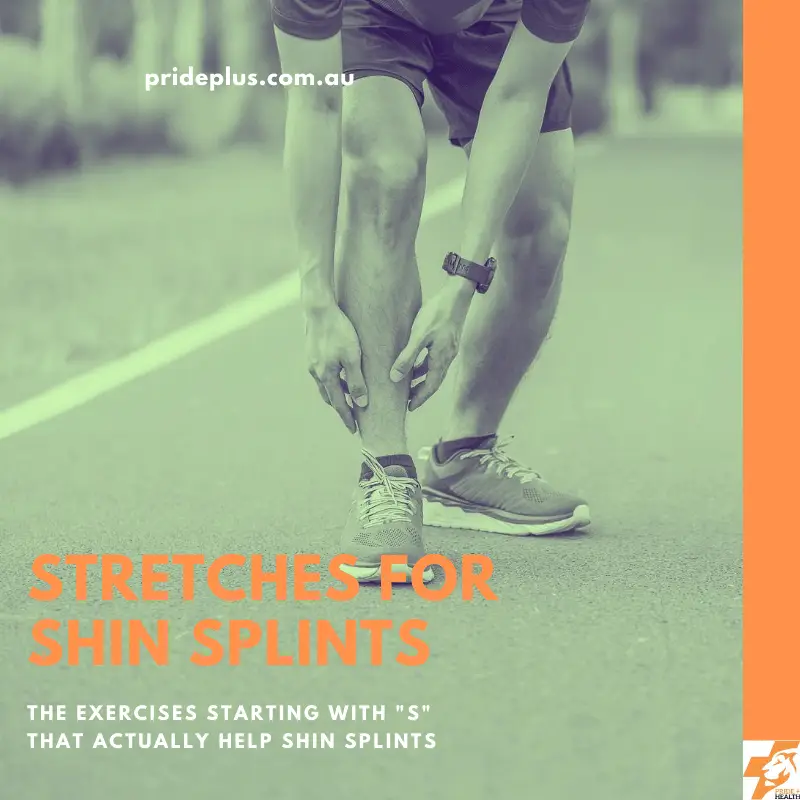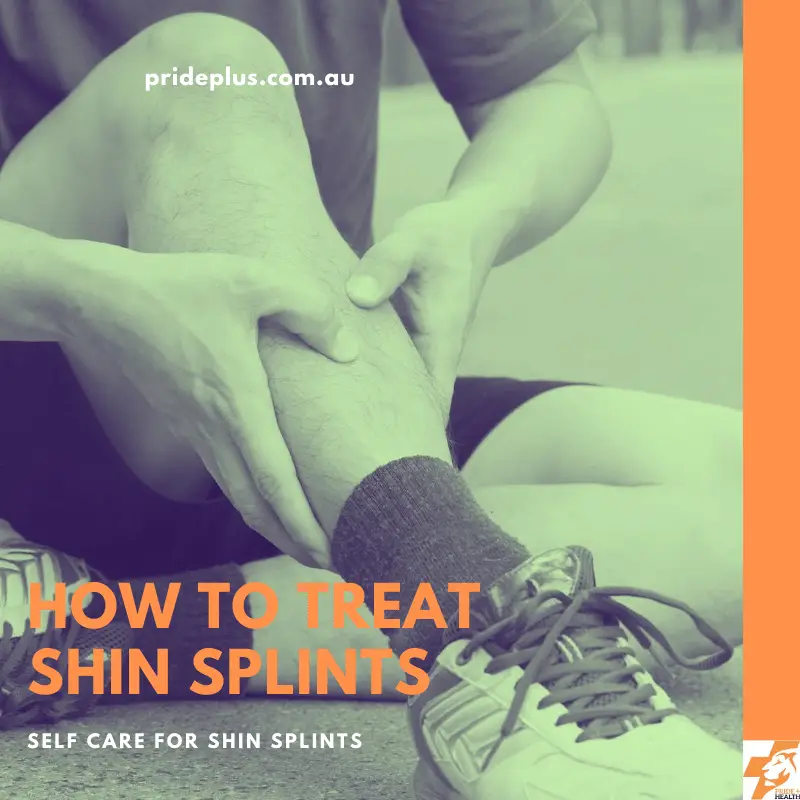If you’ve read my story here about my battles with shin splints then you’ll know I was prescribed stretches for shin splints. This all happened before I became a podiatrist and was armed with the shin splints knowledge we have today.
Nowadays we know much more about what works for shin splints, and what doesn’t.
What a perfect segue to talk about stretches for shin splints.
Stretches For Shin Splints
Don’t work.
Wow, that was a short article.
Let me explain why they don’t, and exercises starting with ‘S’ do work.
You can read the article below for a really in depth explanation on what treatment works best for shin splints.
The simple answer is that shin splints are most likely caused by too much internal and external rotation of the shin bone (tibia) or pulling on the shin bones tendon attachments. Neither of these will be helped by static stretching.
So what should you do instead of stretches for shin splints?
Well if your shin splints are related to too twisting of the tibia bone or too much pulling from the tendons that attach to the front of the tibia, then you can change both of those by strengthening certain muscles.
The main muscles that if you get stronger will reduce the twisting and pulling are based in the lower leg.
If you want to learn about changing the pushing as well as the pulling check out our information on using orthotics to fix shin splints.
The main muscles are the calf muscle unit as a whole, tibialis posterior and anterior, and the peroneals.
These muscles provide strength and stability. This means that when we are running, with all our body weight on one leg (known as stance phase) there is enough strength to limit the rate and amount of twisting going on around the shin
You see our shins love that thump, thump, thump, on the pavement when they first hit the ground.
They don’t love being twisted under load anywhere near as much.
Let’s learn two different exercises that can slow and control the twisting your shins undergo when running.
The Calf Raise
For this exercise, we’re going to assume that as somebody who’s already doing some running and has developed shin splints that you’re able to do a single leg calf raise.
To start with, stand on your left foot.
It doesn’t matter which one really but please pick one! Even if only one of your shins are sore you’re going to do both anyway.
Now use just a couple of fingers to balance by holding on to the edge of a doorway, the back of a chair or the kitchen bench.
Next up, start to slowly rise onto your toes.
Not to the tippiest of tiptoes but lift that heel off the ground.
Hold and now lower back down.
All up you want to take around four seconds to complete the rise, hold and lowering movement.
Congratulations, that’s a single calf raise.
There’s a few more cues and tweaks to make sure you work the right muscles the right amount.
To make sure that it’s the most effective it can be ensure that your balance is stable as you’re completing a calf raise. You don’t want to have your heel or your body twisting or turning as you complete them.
Do this by slowly lift your heel, hold and lower back down focusing on keeping that balance through your big toe and not turning out onto your little toes.
I like to imagine I’m pushing down into the ground with my big toe only as my cue for this exercise.
You’re going to complete a set of repetitions until you feel some fatigue, some tiredness through your leg.
It shouldn’t be sore, it should start to feel fatigued.
That’s your left done!
Now swap over onto your right side and do your right foot.
The Reverse Calf Raise
This exercise works the front of the shin muscle really well. We’ll start this one on both feet but if it’s pretty easy, move onto one foot at a time like the traditional calf raise above.
Standing on both feet, about 20 cm from a wall, facing away from the wall. Lean back so your shoulders are resting on the wall.
Keeping your heels pressed into the ground lift your toes up and back towards your shins. You should be able to pull the ball of your foot completely up off the ground.
Pull back as far as you can, hold and slowly lower your toes back into the ground.
Just like the calf raise above you’re going to complete your repetitions until you feel fatigue or tiredness through your muscles.
Are There Any Stretches For Shin Splints Then?
If you can do the two strength exercises for your shin splints, you don’t need to worry about any stretches for shin splints.
You’re going to be treating the cause of getting shin splints.
Historically the rationale behind stretches for shin splints was that in the past we thought that you would get shin splints if your calves were tight.
We also thought that passive stretching loosened tight calf muscles for good. Oops. Wrong again.
We have more research and more understanding now and we know that stretching your calves might feel good and it might lead to some short-term changes in calf length, but no real changes long term.
If you are suffering from calf tightness and you want to get them longer, you don’t need to be stretching…
You need to be strengthening.
The simple calf raise above, if completed off a step can lead to sarcomerogenisis, a longer muscle.
But hey, if you want to complete some stretches for shin splints and I haven’t convinced you that it’s not likely to help, keep it up champ!
At PridePlus Health we know shin splints in and out. We know the best shoes, the best orthotics, how to treat each little factor that contributes to your shin pain.
The best way to become pain free is to get a thorough assessment of your shin splints with your podiatrist and get cracking on your plan.
Book in with our podiatry team across Melbourne for a face to face, or via telehealth anywhere in Australia.
Oh, and don’t waste your time on stretches for shin splints when there is so much else you can actually be doing to help!





